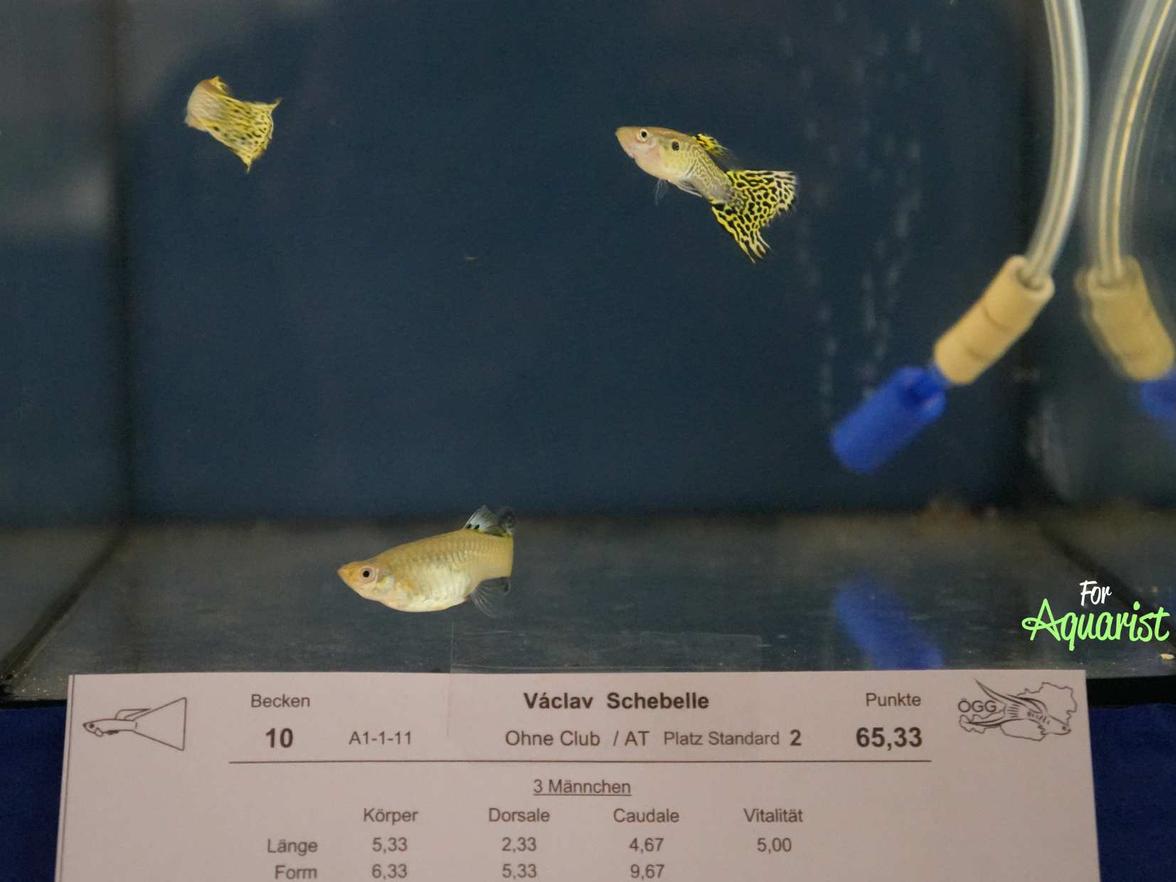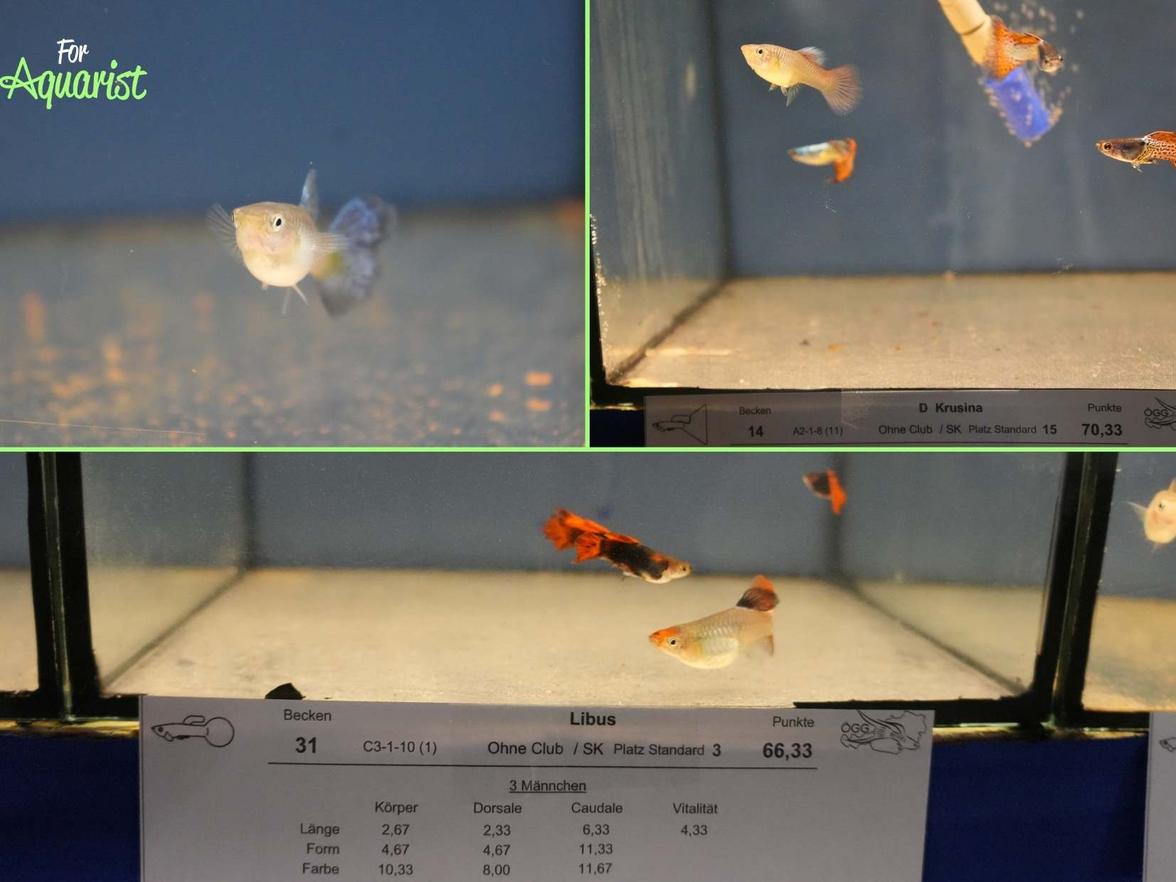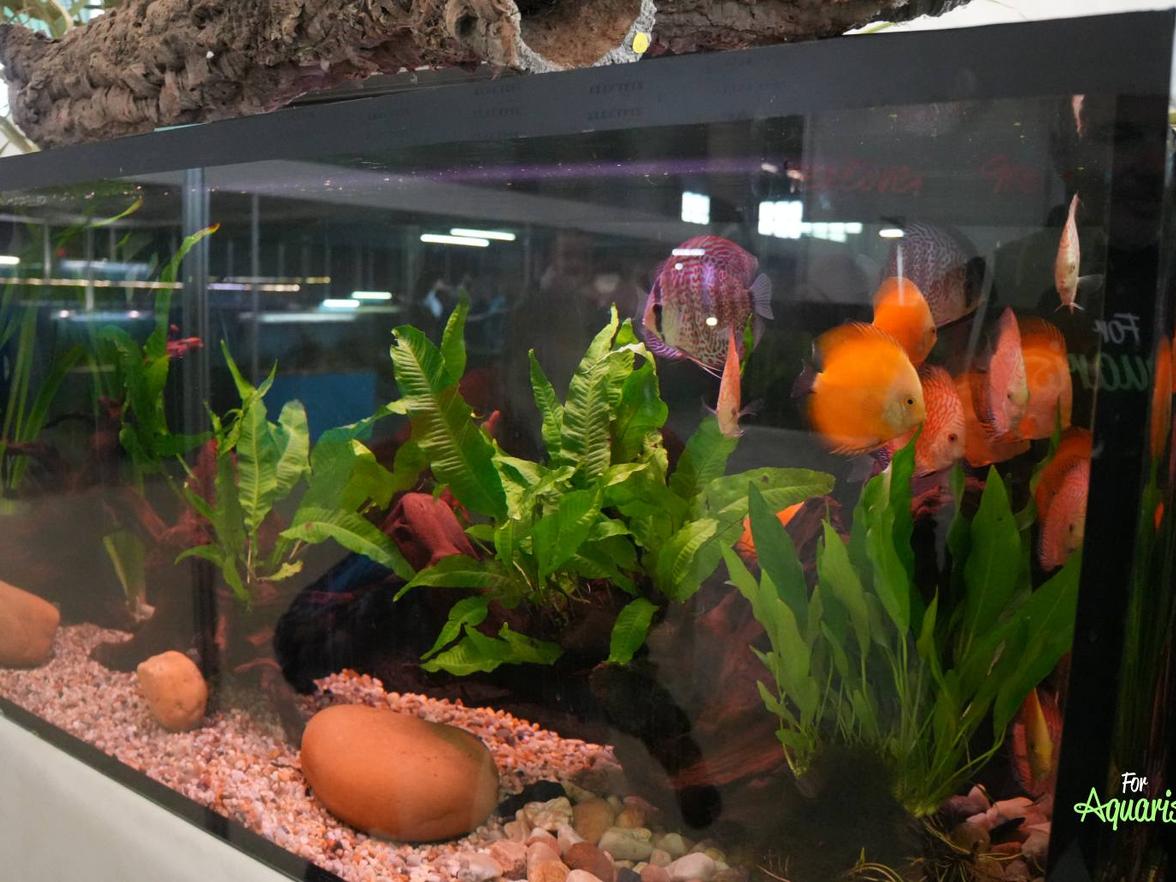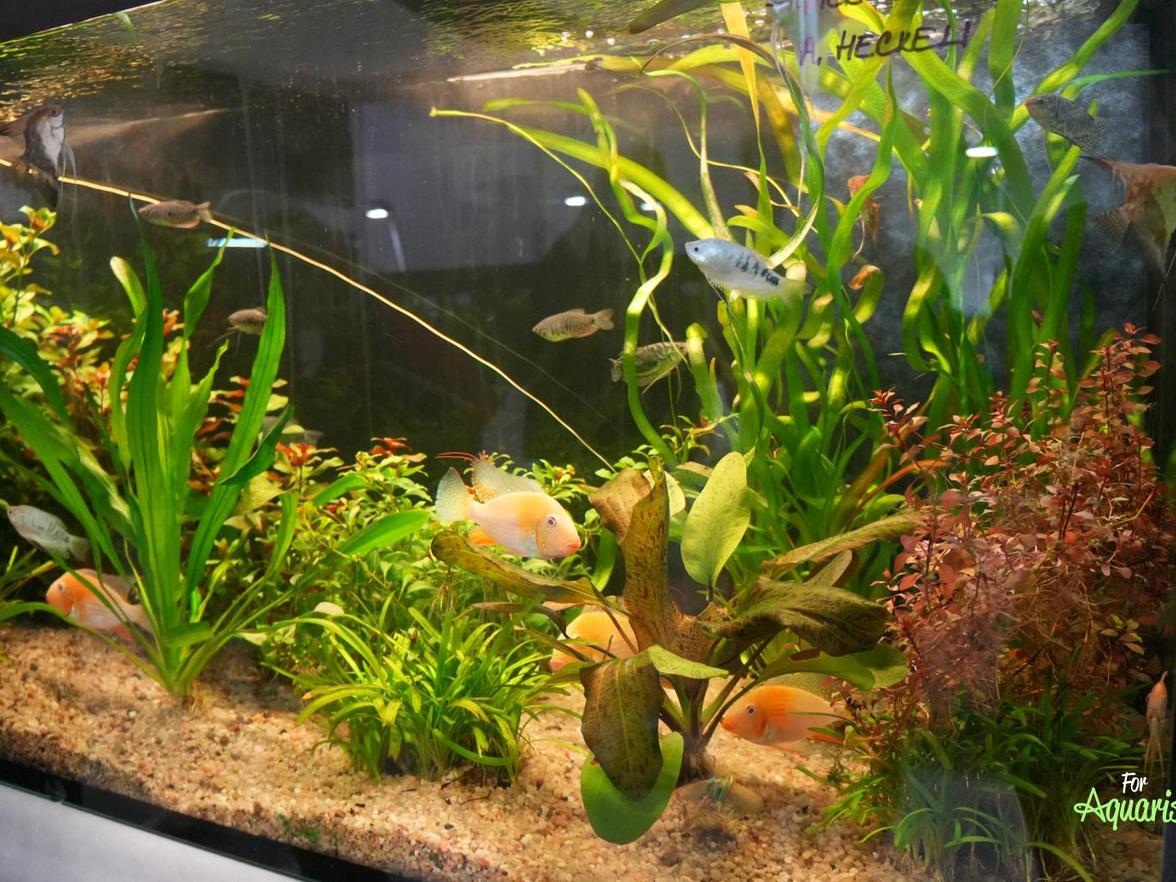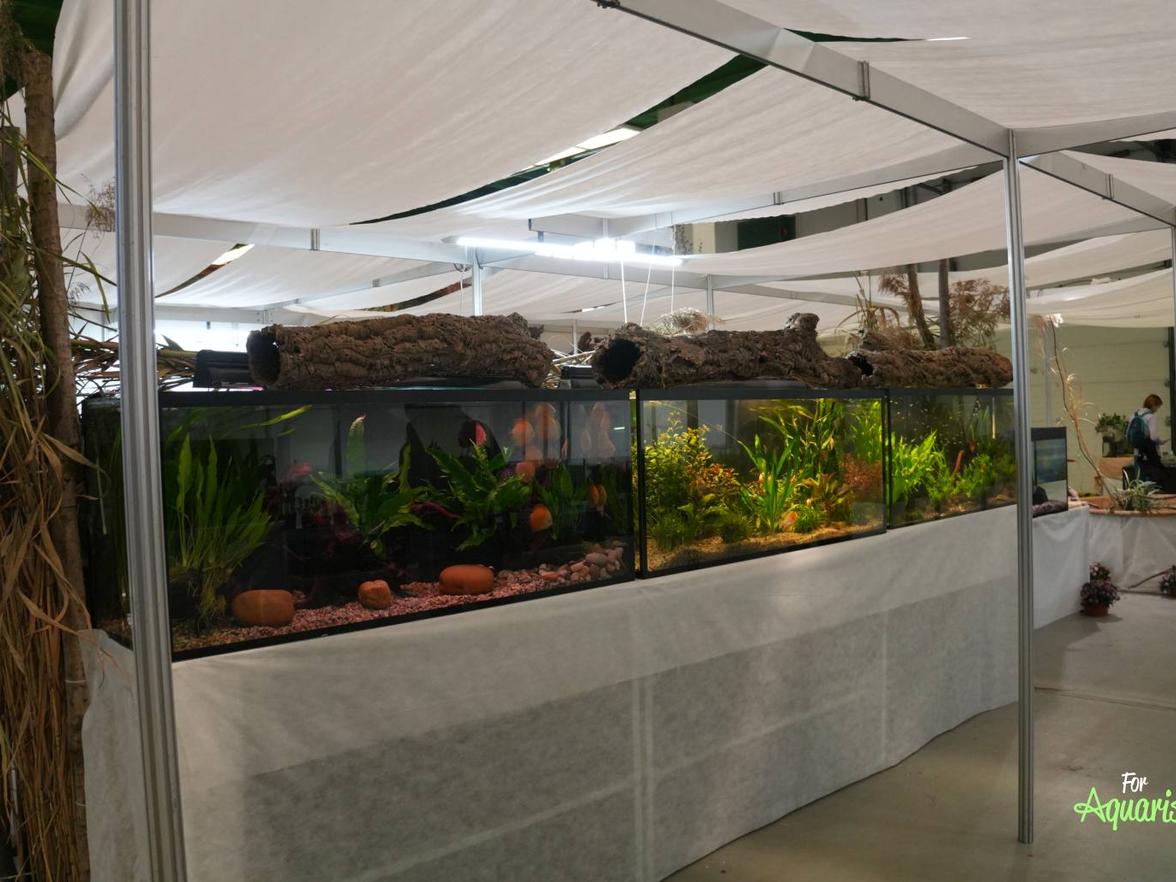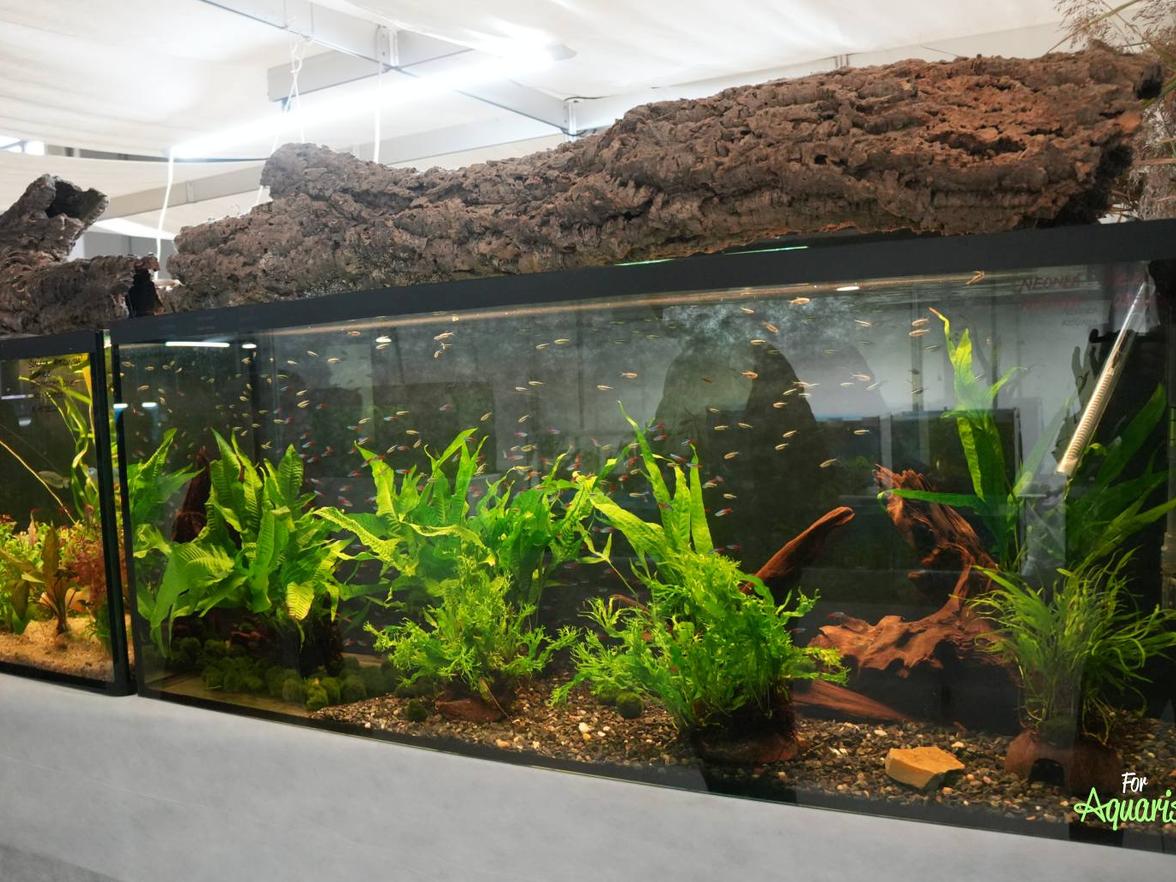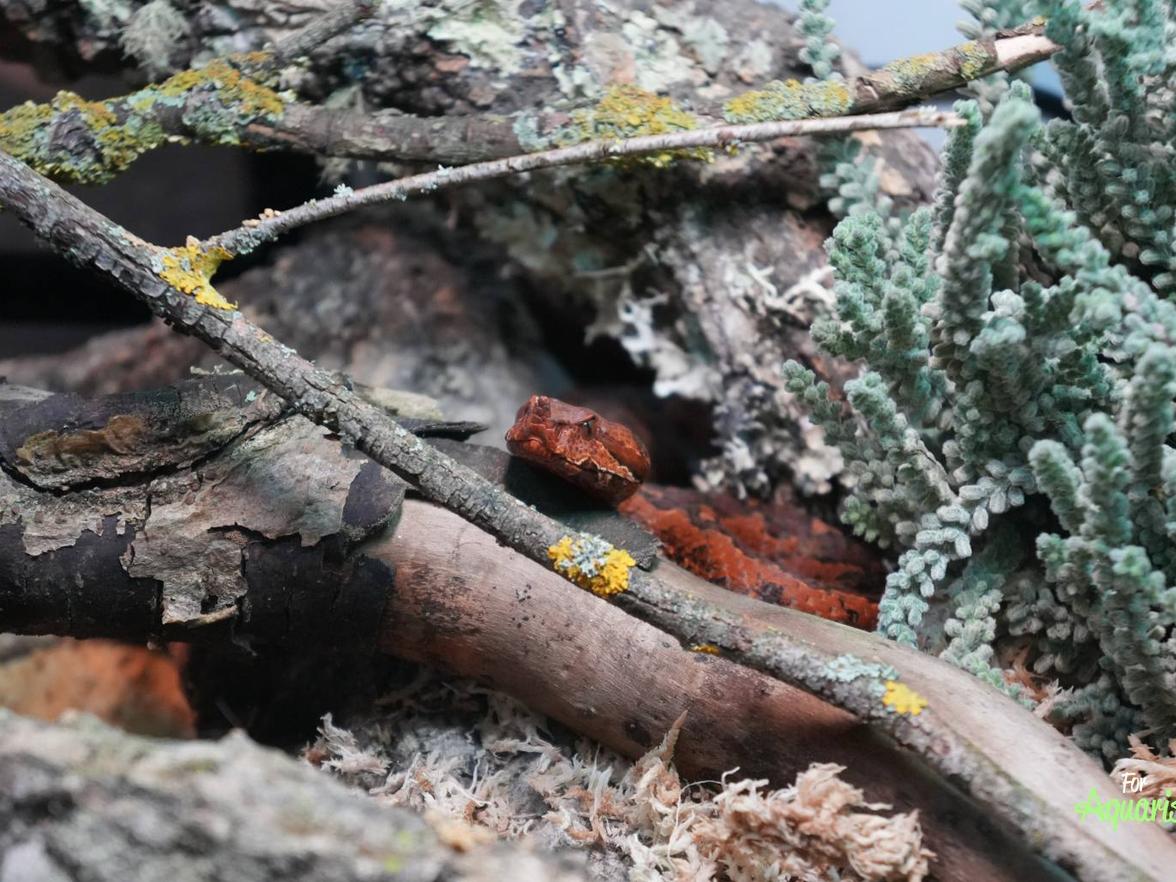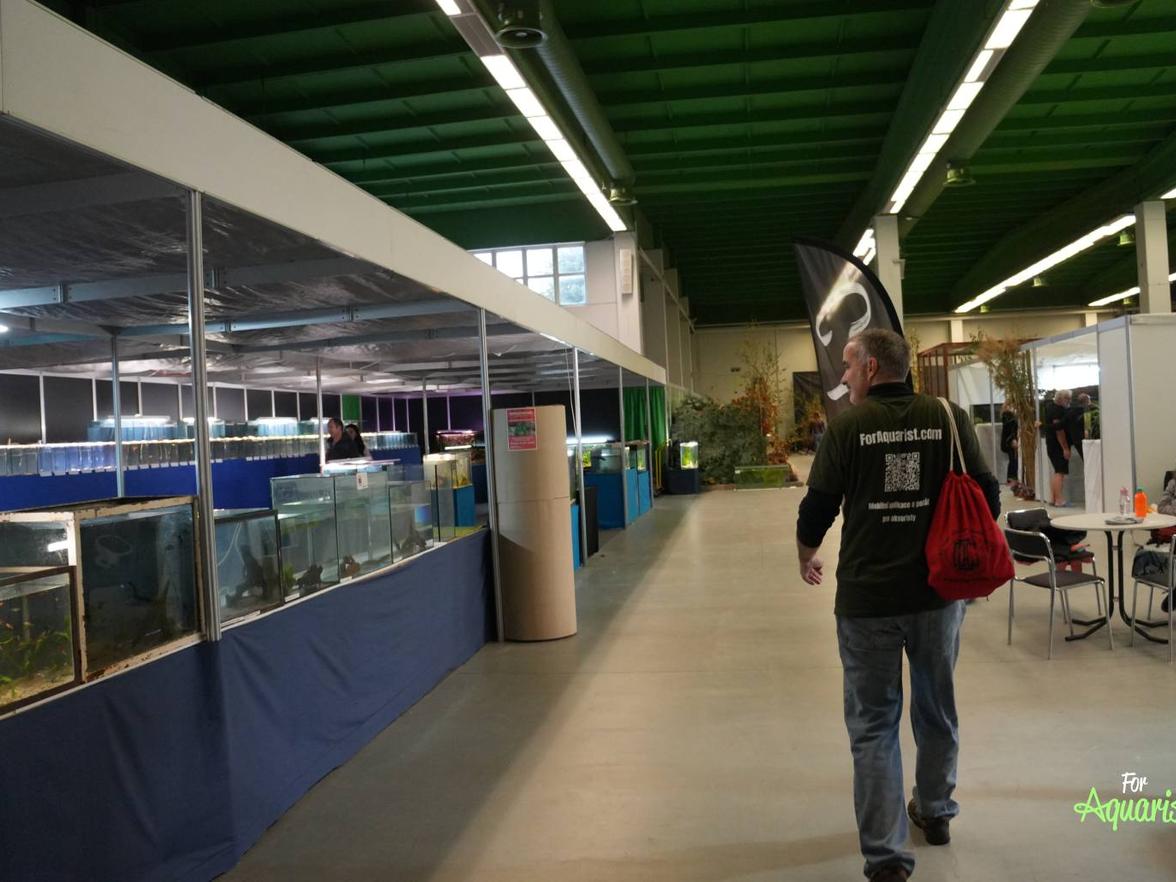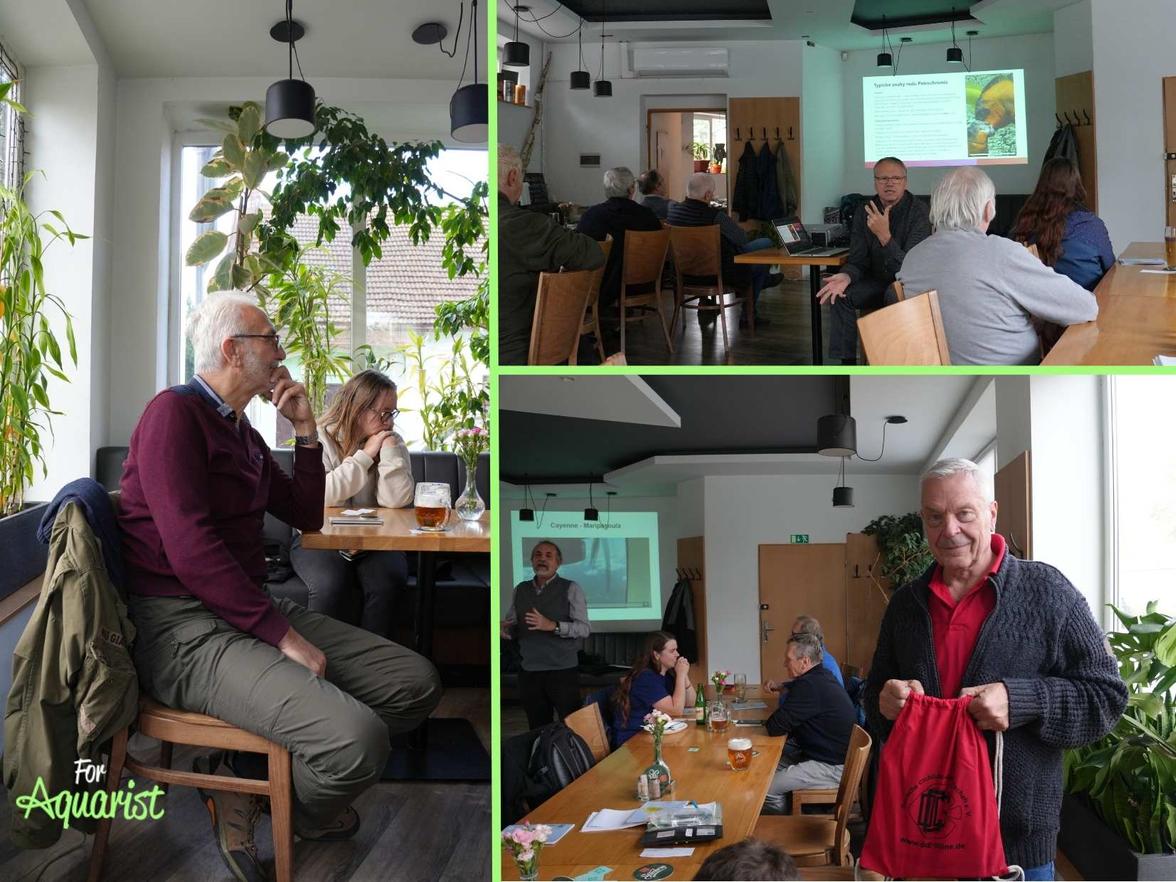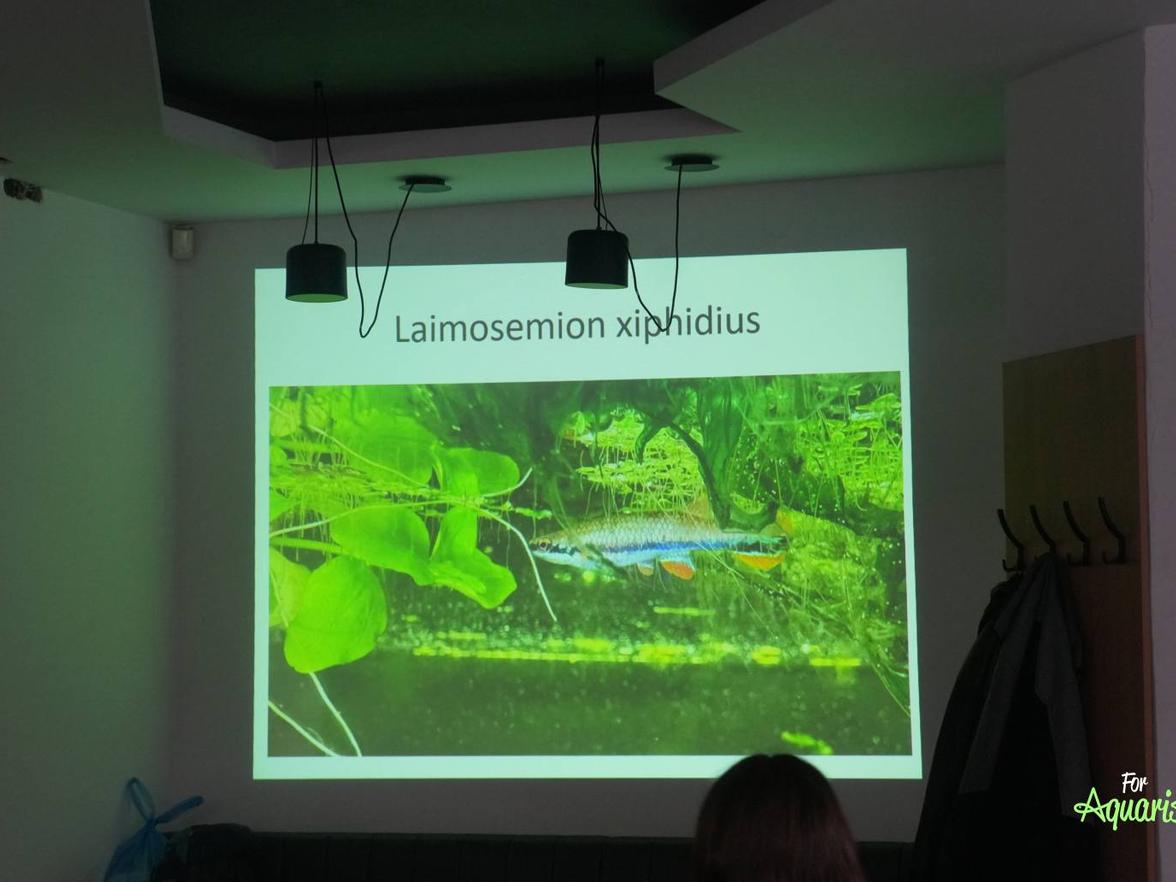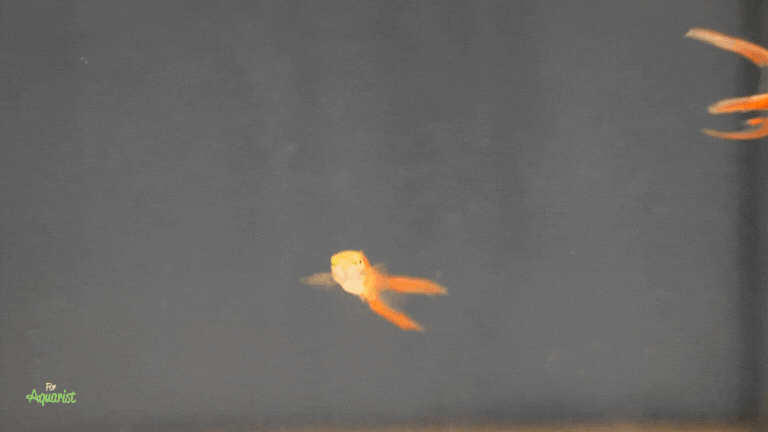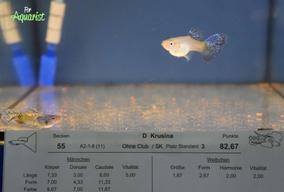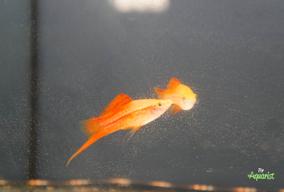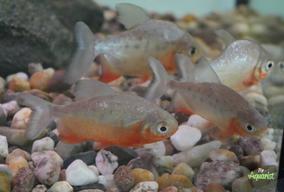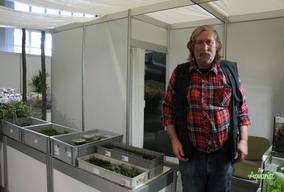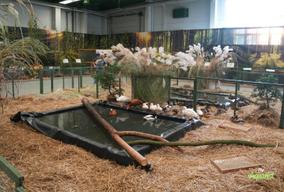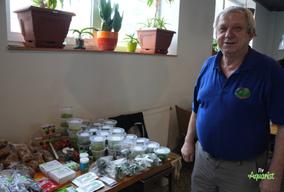Autumn 2025 was full of inspiration for aquarists, as evidenced by the events that ForAquarist participated in in Lysá nad Labem and Brno. In Lysá, the Exotika 2025 exhibition successfully hosted the first edition of the international livebearer competition Guppy Czech Open after years. This event, organized by Aquario & spol. n.o. despite the challenging and tight schedule, confirmed that the aquarist scene still has active and selfless organizers. In Brno, at the Aquarist Autumn Cyperus 2025, two great lectures took place: RNDr. Pavel Slanina detailed the fascinating "rock-dwelling" species of the genus Petrochromis from Lake Tanganyika, clarifying myths and facts about breeding these cichlids. Ing. Vladimír Fábry took us on an expedition to French Guiana in his lecture "Papaïchton there and back" in search of halančiks and other species in their natural habitat. The Czech aquarist scene is full of enthusiasts, and it's worth joining them! We look forward to the next edition in 2026.
The summer year was rich in aquaristic events, and the same was true for autumn. We participated in selected events on behalf of ForAquarist and are thrilled by the overall atmosphere and effort that the organizers dedicated to these events. There is indeed much to discuss and be inspired by, which is always beneficial. We have already written about the successful conference of the Czech Cichlid Club in Žďár nad Sázavou here: Aquascaping and cichlids? It works! Report from the Czech Cichlid Club conference. Now we will focus on events in Lysá nad Labem and Brno.
Exotica 2025 - Lysá nad Labem
Guppy Czech open - Competition of livebearers in Lysá n. Labem
It has been a few nice years since a livebearer competition was last organized in the Czech Republic.
Mr. Václav Schebelle from Aquario & spol. n.o. has been contemplating the idea of organizing a livebearer competition again for some time now. It is definitely not something that would be unrealistic to implement, but nowadays people often prefer other activities rather than spending their personal time on the complicated organization of an exhibition. This becomes even more challenging when the event is supposed to be an international exhibition.
Therefore, it seemed that no such competition was expected in the Czech Republic in 2025. At the end of August this year, however, information about an exhibition and a call for breeders to get involved appeared out of the blue. This initiated a very rapid action that led to the organization of an exhibition prepared by Aquario & spol. n.o. at the end of October at Exotica 2025 at the exhibition grounds in Lysá nad Labem.
The good news for aquaristics in the Czech Republic is the fact that not only the initiator himself but also a sufficient number of active supporters contributed to making the exhibition a reality. It was the first edition of its kind, and the number of fish at the exhibition was by no means bad. Later, there were broader discussions and evaluations about the exhibition that were sometimes mixed, but opinions can vary.
What is encouraging is the fact that if an enthusiast is found who wants to engage in aquaristics and devote their energy to it, they have a chance. Even with such a tight deadline, supporters were found who selflessly lent a helping hand. Despite the fact that it would be appropriate to adjust, change, or improve certain aspects of the exhibition, it is necessary to keep in mind that it was realized in a time frame that was almost record short. Moreover, it was the first edition of this kind of event.
We are therefore curious to see how future competitions will look and we hope that the organizers will find the courage to have competitions in 2026 as well.
Sales section - Mr. Hořánek
The highlight and surprise was the naturally arranged aquarium by Mr. Hořánek, who otherwise specializes closely in selling plants from his greenhouses. This sales section is definitely worth mentioning. It consisted of suitably and tastefully arranged tanks with beautiful and healthy plants that delighted visitors with their colorfulness and composition. Judge for yourself from the photos.
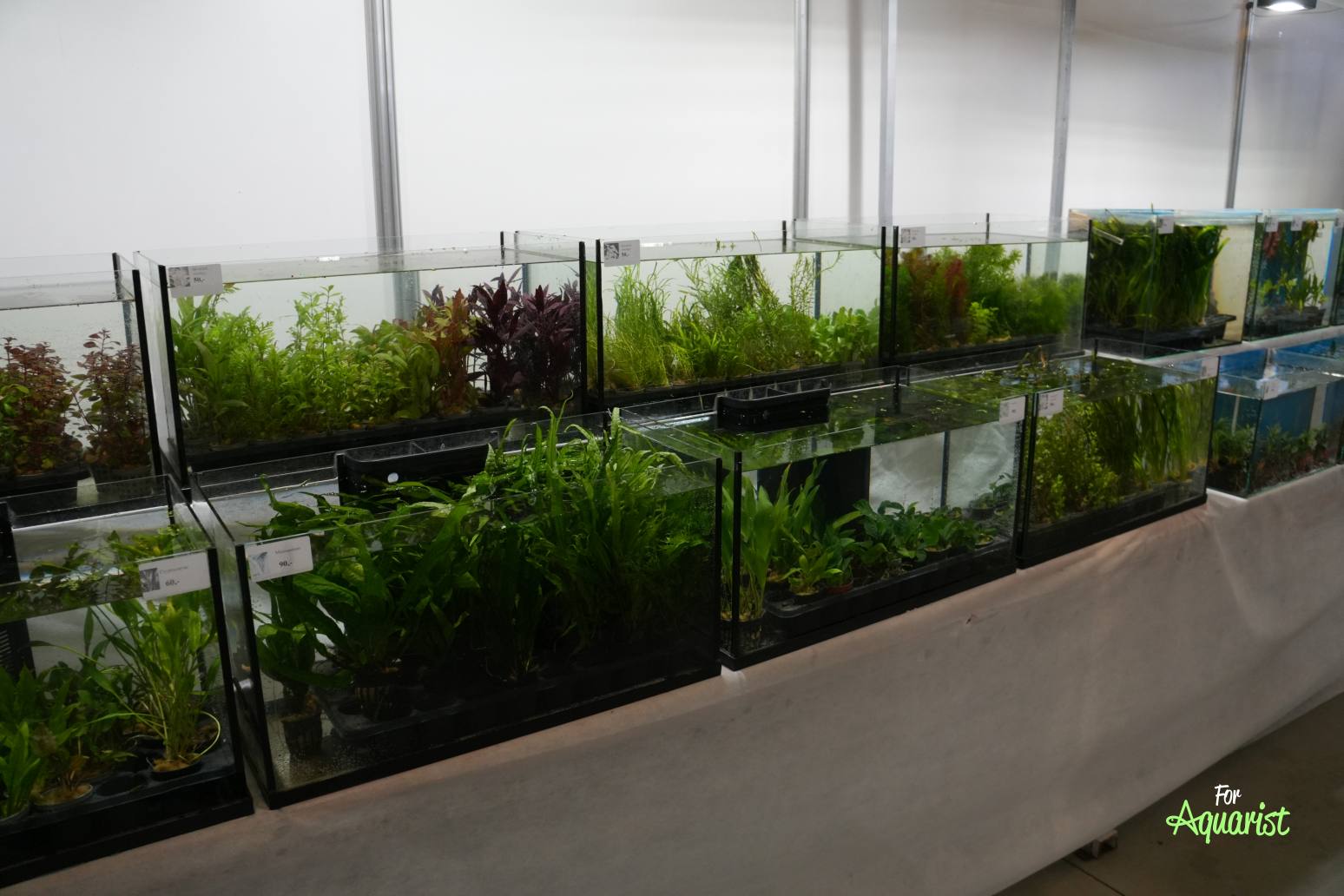
Cyperus - Aquaristic Autumn - Brno 2025
As is traditionally the case every year, the Cyperus association prepared excellent presentations for aquaristic enthusiasts.
Myths and facts in the breeding of Petrochromis fish: Facts versus fiction - RNDr. Pavel Slanina
Lake Tanganyika will probably never cease to amaze and attract aquaristic enthusiasts. It is thus a common topic for various thematic presentations. It is incredibly enriching and interesting when you find yourself at a presentation by an experienced breeder and aquarists surrounding you are discussing the same issues and have something to say. Therefore, during the presentation and also after it, very interesting discussions unfolded.
Just briefly, here are some points from the presentation to illustrate how interesting it was:
- The fish of the genus Petrochromis are associated with living rocks found on stones. Petro means stone and chromis means color. It is a representative name for these fish, which are known in Czech as "skálomil". Representatives of the genus Petrochromis are found in Lake Tanganyika at various depths, and according to the presentation, it is possible to find up to 7 non-competing species at a single location.
- Generally, fish of the genus Petrochromis have a muscular body adapted for life in current. Their head and jaws may vary depending on their specialization for scraping food from stones. In addition to green food, they also eat small crustaceans and microorganisms.
To effectively digest this fibrous food, they have developed extremely long intestines. In an adult individual measuring 18 cm, it can reach up to 180 cm, which is ten times the length of the body.
- Territoriality of males and the overall breeding of the genus Petrochromis RNDr. Pavel Slanina illustrated with domestic videos.
- In detail, we also discussed the parameters of Lake Tanganyika, which are very important for breeding these species. We focused on:
- Petrochromis ephippium - primarily found along the shore. Interestingly, even though they are mouthbrooders, they also accept food when they have fry.
- Petrochromis famula - are not as demanding to breed.
- Petrochromis fasciolatus - this species has not yet been bred by anyone.
- Petrochromis horii
- Petrochromis macrognathus - can strike and kill a rival with a well-aimed bite to the pectoral fin.
- Petrochromis orthognatus
- Petrochromis polyodon - one of the largest species.
- Petrochromis trewavasae
- Petrochromis sp. "Blue Giant"
- Petrochromis sp. "Kasumbe Rainbow"
- Petrochromis sp. "Red fin Longola"
- Finally, RNDr. Pavel Slanina prepared an overview of the aggressiveness of individual species and sitting next to him was Adam Molin, who has extensive experience with this genus and nodded in agreement that this is indeed the case.
- Orthognatus -> Famula -> Trewavasae -> Moshi -> Macrognatus -> Texas (Ubwari)
It was an absolutely excellently conceived and very clear presentation for enthusiasts who have experience with breeding more than ten species of the genus Petrochromis. He himself confirms that he has raised several thousand fry with his son. The females produce 25-30 fry in each brood. The food mainly consists of dried food with spirulina and frozen artemia.
All the fish he bred were imported. There was also a very interesting discussion on this topic, and it was fascinating how fish are usually caught, sometimes at depths of 40 - 50 m. Their retrieval then takes several days due to pressure equalization and is certainly not trivial for local divers.
Ing. Vladimír Fábry: Papaïchton there and back
The presentation "Papaïchton there and back" focused on an expedition to French Guiana with the goal of observing and collecting aquarium fish in their natural environment. Ing. Vladimír Fábry is the chairman of the Czech Killifish Society, and thus the goal was to search for killifish, especially of the genus Rivulus as well as other fish.
The audience was treated to a rich photo documentation of the area rich in ichthyofauna Papaïchton on the Maroni River in French Guiana. Ing. Fábry presented in detail the fish species found, primarily killifish Rivulus spp. or Anablepsoides spp.
Part of the presentation was dedicated to travel experiences and descriptions of habitats - water parameters, vegetation, substrate type, climate.
Summary
Certainly, all participants of the autumn events will agree with me that the Czech aquaristic scene is definitely worth attention, and if any aquarist decides to join aquaristic associations or just participate in some of the events, they will not be able to let go, and they will want to stay in such company. On behalf of ForAquarist, we thank you that these events exist, and we look forward to what awaits us in 2026.
